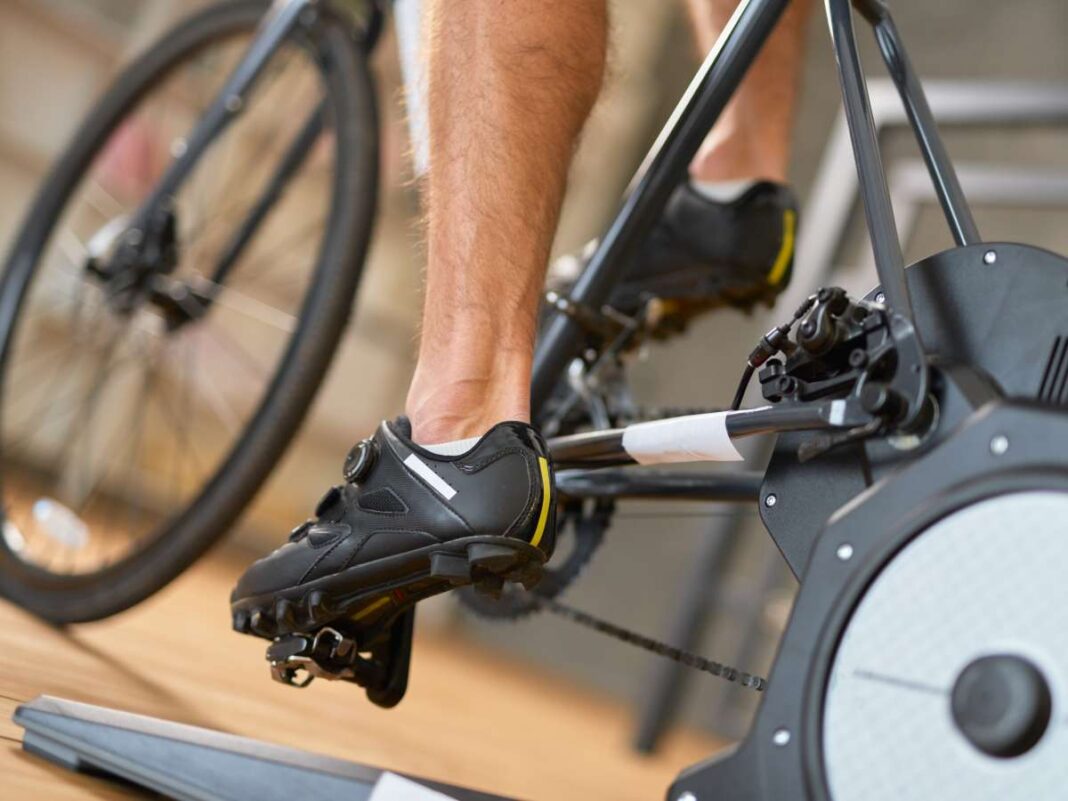The world of cycling is experiencing a renaissance, with groundbreaking innovations transforming the way we ride and how we interact with our environment. From eco-friendly technologies to pandemic-induced cycling booms, let’s delve into the top innovations propelling the bicycle world forward.
The Rise of Pedal-Powered Technology
Innovators globally are harnessing the simple act of pedaling to power solutions for some of the world’s most pressing challenges. One such invention is the Cycloclean bicycle by Nippon Basic, which purifies water as the rider pedals—a vital solution for areas lacking clean drinking water. In Guatemala, the town of San Andrés Itzapa utilizes bicimaquinas, pedal-powered machines that perform tasks like water pumping and corn grinding, promoting sustainability and self-sufficiency.
Meanwhile, in Davis, California, Alex Roth has taken pedal power to the culinary realm by roasting coffee using bicycle mechanisms, reducing energy consumption and waste in the coffee industry. In remote villages of Laos, pedal-powered computers are connecting communities to the internet, demonstrating how pedal power is driving change worldwide.
Rotor’s Quest for Cycling Efficiency
At the forefront of technical innovation is Rotor, a Madrid-based company dedicated to enhancing cycling performance through advanced component design. Founded in 1997, Rotor tackled the inefficiencies in pedal strokes by developing oval chainrings, which minimize the “dead spot” during cycling. This innovation improves biomechanical efficiency, making each pedal stroke more effective.
Rotor also introduced proportional crank lengths, offering cranksets tailored to individual riders’ heights and riding styles, enhancing comfort and performance. Their commitment to precision led to the creation of highly accurate power meters capable of functioning with oval chainrings, providing cyclists with detailed insights into their performance. By focusing on innovation in bike efficiency, Rotor continues to push the boundaries of what’s possible in cycling technology.
Micromobility and the Environment
The surge in cycling is not just a trend but a critical step toward addressing environmental concerns. Increased bicycle use contributes to reducing carbon emissions, easing urban congestion, and improving air quality. The pandemic inadvertently supported climate goals by significantly lowering emissions—by approximately 20-30% in some cities.
Investments in cycling infrastructure are pivotal. Safe, high-quality bike lanes encourage more people to choose cycling over driving. The environmental benefits are significant, as cycling is a zero-emission mode of transport. This shift is a testament to how pedal power is cleaning our air and tackling climate breakdown, highlighting the bicycle’s role in promoting a healthier planet.
The Future of Pedal Power
The bicycle’s evolution is a blend of technological innovation and a return to simplicity. From high-tech components enhancing performance to global movements embracing cycling for health and environmental reasons, the future of pedal power is bright. As cities adapt and technologies advance, cycling stands as a beacon of sustainable transport, which is ready to meet the challenges of the modern world head-on.

